Marine Science
An ocean observatory for the Red Sea
Studies conducted at the Saudi Aramco-KAUST Marine Environmental Research Center provide new insights into the physical and biological aspects of the Red Sea.
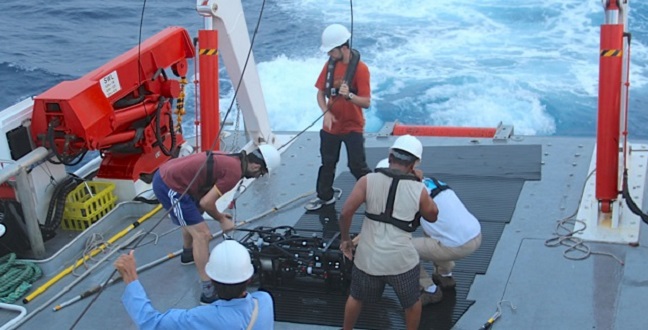
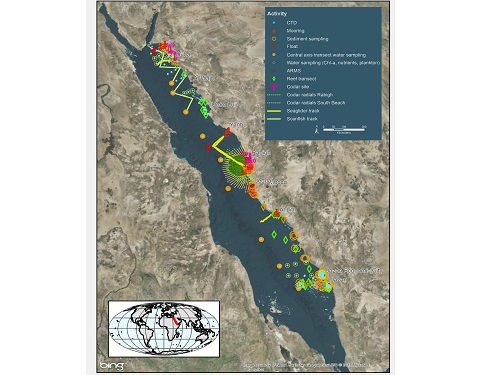
Data from research conducted close to KAUST is combined with data collected in more remote areas to build a comprehensive picture of the Red Sea.
© 2016 KAUST
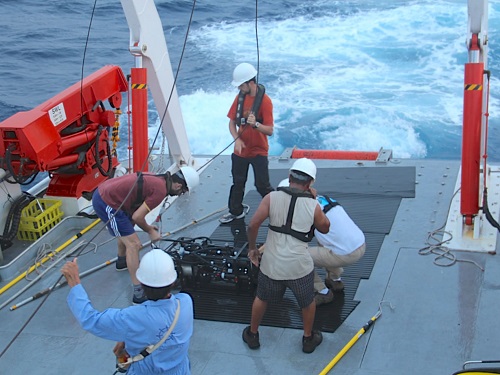
The oceanographic research considers the physical variables of the region and monitors ocean currents, the atmosphere and changes in the environment.
© 2016 KAUST
The Marine Environmental Research Center established jointly by KAUST and Saudi Aramco is the first oceanic observatory capable of monitoring the Red Sea.
“Marine research in the Red Sea in the past has been sporadic and often limited to easy-to-reach areas—rather like poking toothpicks into a cake to see if it is cooked,” explained Burton Jones, director of the center and KAUST professor of marine science. “Until the formation of KAUST, no one had carried out systematic, long-term research into the Red Sea’s marine and coastal environments. Now we have an oceanic observatory that will establish the baseline physical and biological aspects of this unique environment.”
Established in 2013, the strategic partnership enables close collaboration between the researchers at the center and at the KAUST Red Sea Research Center (RSRC) and with scientists from Saudi Aramco. They combine data from research conducted close to KAUST with data collected further afield in more remote parts of the Red Sea.
Jones and his team have various projects underway that involve state-of-the-art technology and marine monitoring systems. The projects come under two main strands of research: oceanographic monitoring and ecological assessment.
The oceanographic research considers the physical variables of the region and monitors ocean currents, the atmosphere and changes in the environment. A key aim is to create models of the Red Sea to understand the processes and influences that affect the ocean and its surroundings.
Led by Ibrahim Hoteit, associate professor of earth science and engineering from the University’s Physical Science and Engineering Division, the research focuses on the long-term monitoring and modelling of oceanic and atmospheric circulation. Knowledge of circulation patterns can prove invaluable in the event of an oil spill, for example.
“To make viable predictions, we need to draw on knowledge of how the Red Sea behaves as a whole,” noted Jones. “We are developing an overview—a year in the life of the Red Sea, if you will—that will enable us to build better prediction models to examine the impact of catastrophic events and the effects of long-term climate change.”
The center’s research teams collect data from networks of fixed coastal measuring systems, monitor wave patterns with radar and have the latest underwater and aerial autonomous vehicle technology at their fingertips. The autonomous vehicles have revolutionized the way oceanic research is carried out. By deploying the vehicles for a period of weeks or months, the researchers can build up a larger-scale, highly detailed picture of the Red Sea from above and below the surface.
Detailed ecological assessments also form a major part of the work, with a particular focus on coral reefs and on the impact of new infrastructure developments along the Red Sea coast. Jones and colleagues continuously monitor the health of the Red Sea’s microenvironments, particularly in far-flung regions. There are ongoing projects to characterize the makeup of sediments and corals, checking for contaminants, toxicity and oil-related pollution.
In one study led by Susana Carvalho, a research scientist in the RSRC, artificial reef structures were placed in the water for one to two years and the species that settled on them were analyzed and documented.
“We are interested in the ‘cryptic diversity’ of coral reefs—those elements of the ecosystem beyond the obvious fish and coral species. The artificial reefs are providing a wealth of new data in this regard,” Jones said.
This project is part of a larger international collaboration in which research teams working on artificial reefs across the globe are now sharing data to build up a more comprehensive picture of the world’s oceans.
KAUST and Saudi Aramco have founded a unique oceanic observatory in the region, and, driven by the efforts of researchers working there, the initiative will continue to provide unprecedented insights into the Red Sea.
You might also like
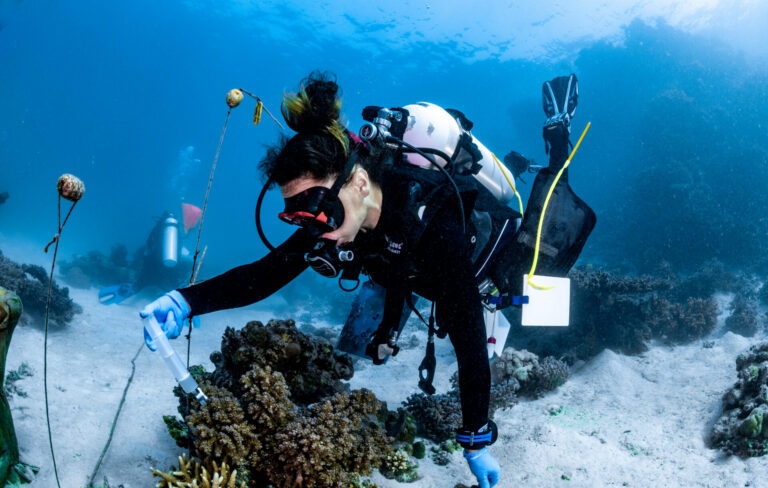
Marine Science
A place to trial hope for global reef restoration
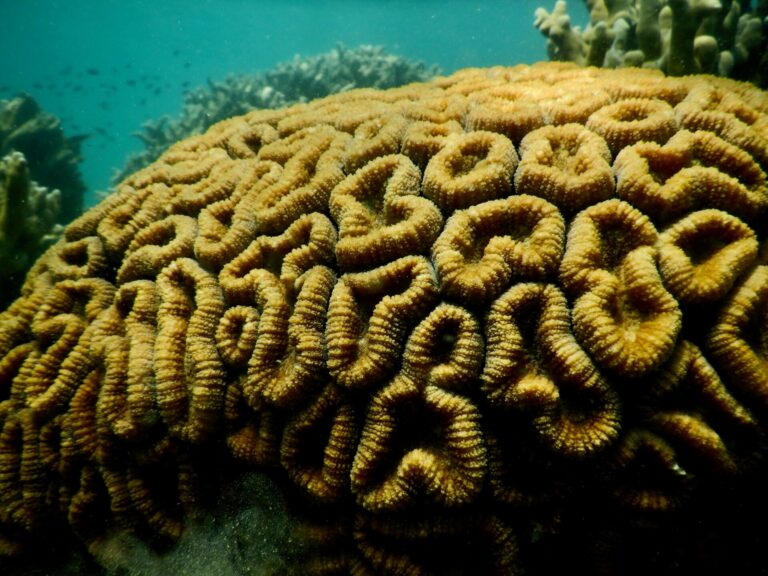
Marine Science
Reef-building coral shows signs of enhanced heat tolerance
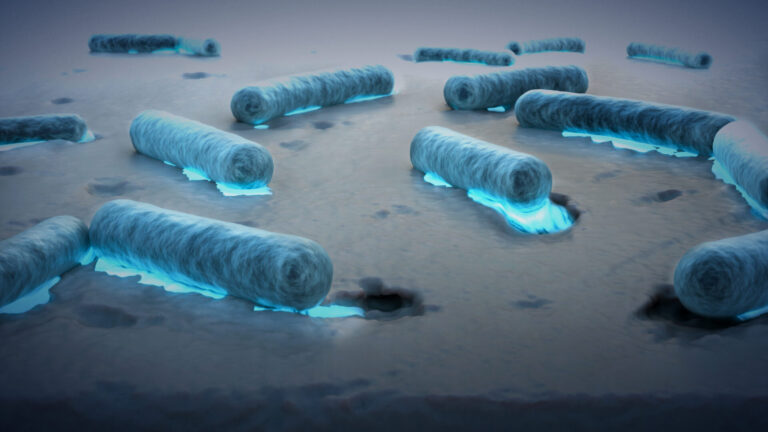
Marine Science
Plastic-munching bacteria found across the seven seas

Marine Science
AI reveals the universal beauty of coral reef growth
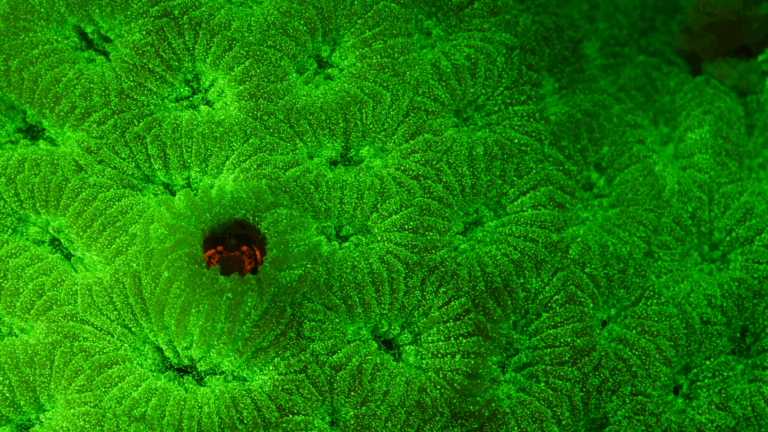
Marine Science
Tiny crabs glow to stay hidden
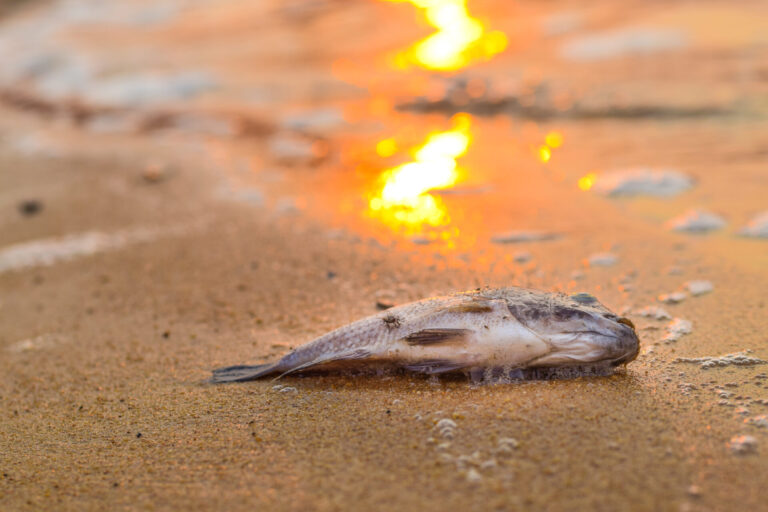
Marine Science
Mass fish deaths linked to extreme marine heatwave in Red Sea
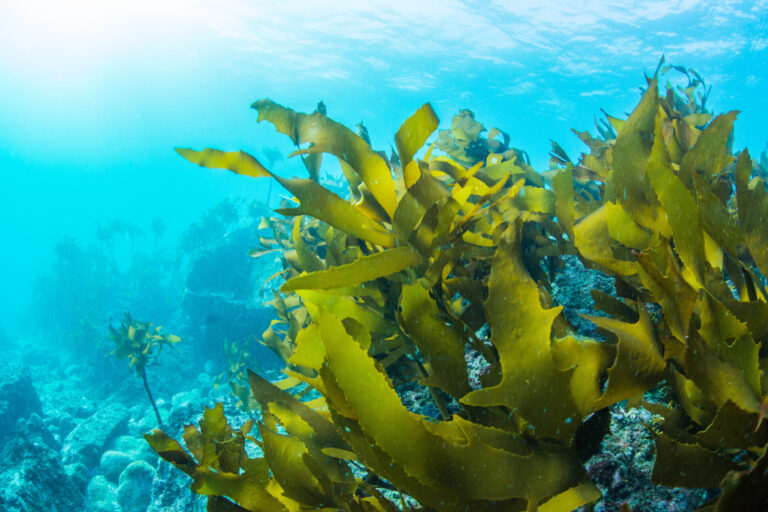
Marine Science
Weeding out the secrets of Red Sea macroalgae

Bioscience



